There are many forms of the goddess Tara, including various popular lists of 21 different forms or emanations of Tārā. Tara is often called “the mother goddess of the Tibetan people”. Her mantra is Oṃ tāre tuttāre ture svāhā. One translation for the mantra is “Om and salutations to the goddess Tara. May you protect me fear, danger, suffering and illness.”
According to scholar Miranda Shaw, “Motherhood is central to the conception of Tara”. Her titles include “loving mother”, “supreme mother”, “mother of the world”, “universal mother” and “mother of all Buddhas”. As such, Tārā embodies many of the qualities of feminine principle. She is known as the Mother of Mercy and Compassion. She is the source, the female aspect of the universe, which gives birth to warmth, compassion and relief from bad karma as experienced by ordinary beings in cyclic existence. She engenders, nourishes, smiles at the vitality of creation, and has sympathy for all beings as a mother does for her children.
Tārā is most often shown with the blue lotus or night lotus (utpala), which releases its fragrance with the appearance of the moon and therefore Tārā is also associated with the moon and night.
Green Tārā, who is associated with peacefulness and enlightened activity, is the most depicted form of the goddess in Indo-Tibetan Buddhism. This is generally considered Tārā’s main form, out of which the other twenty one forms arise. One common variation of Green Tārā is known as Khadiravaṇi-Tārā (Tārā of the acacia forest) and appears in a forest with flowers in her hair while accompanied by her two attendants Mārīcī and Ekajaṭā.
Another popular form is White Tārā (Sitatārā), often shown with two arms seated on a white lotus and with eyes on her hand and feet, as well as a third eye on her forehead (thus she is also known as “Seven eyed”). She is known for compassion, long life, healing, and serenity.
Red forms of Tārā are also quite common, and their main activity is power and enthrallment or magnetizing.






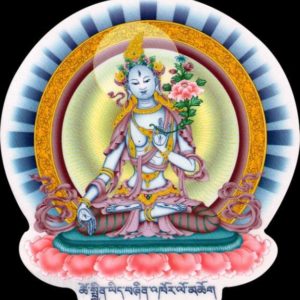
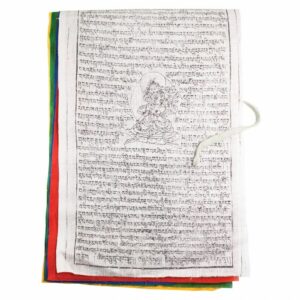
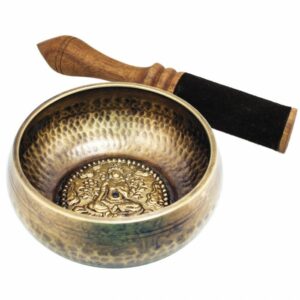
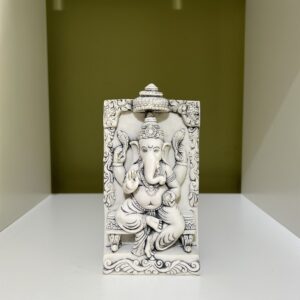
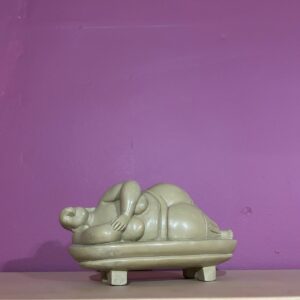
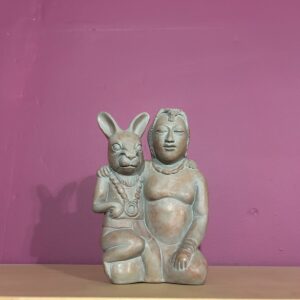
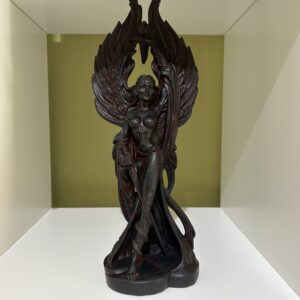
Reviews
There are no reviews yet.